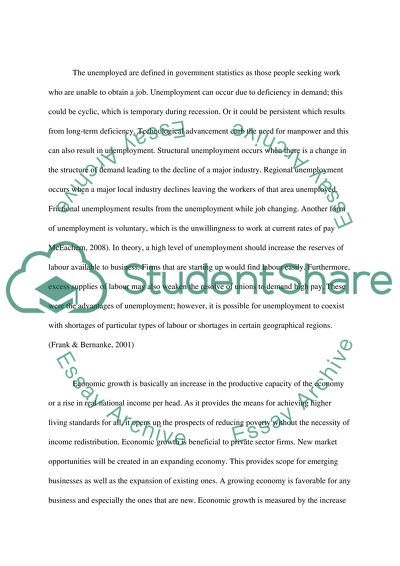Cite this document
(“Macro-Economic Objectives and their Impact on Business Activity Assignment”, n.d.)
Retrieved from https://studentshare.org/family-consumer-science/1411067-macro-economic-objectives-and-their-impact-on
Retrieved from https://studentshare.org/family-consumer-science/1411067-macro-economic-objectives-and-their-impact-on
(Macro-Economic Objectives and Their Impact on Business Activity Assignment)
https://studentshare.org/family-consumer-science/1411067-macro-economic-objectives-and-their-impact-on.
https://studentshare.org/family-consumer-science/1411067-macro-economic-objectives-and-their-impact-on.
“Macro-Economic Objectives and Their Impact on Business Activity Assignment”, n.d. https://studentshare.org/family-consumer-science/1411067-macro-economic-objectives-and-their-impact-on.


